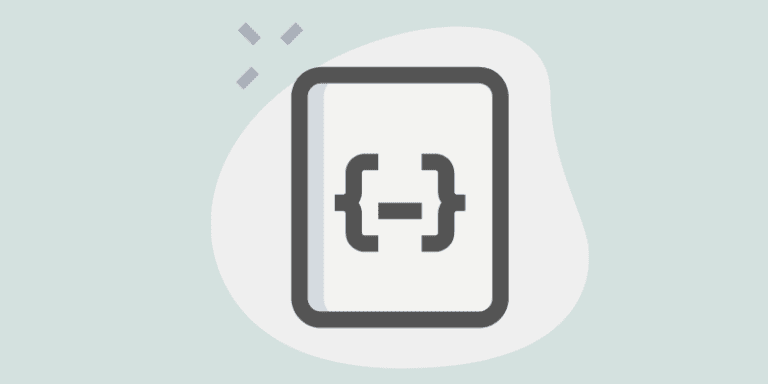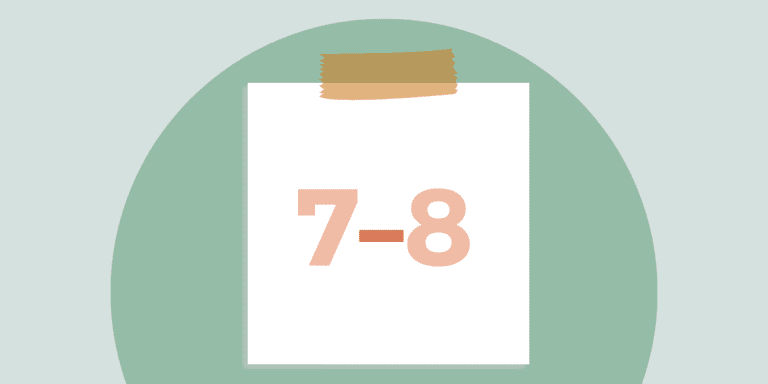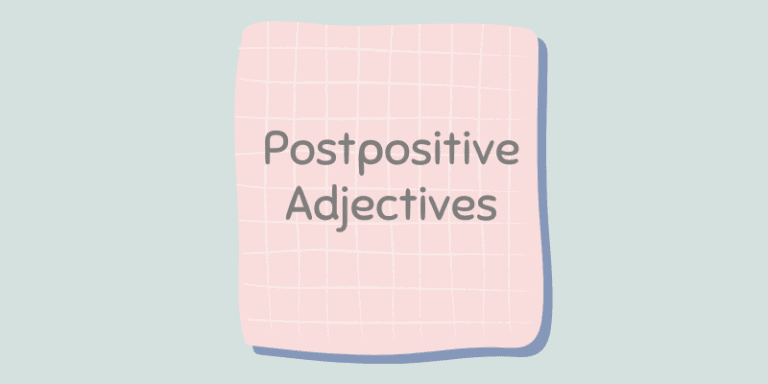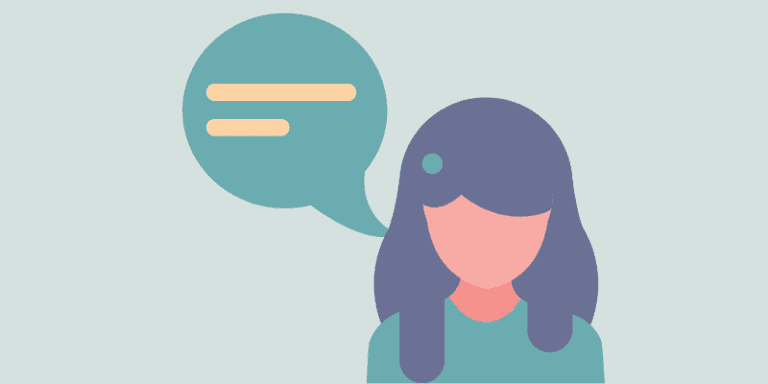Hyphen Rules And Usage With Examples
Knowing when to use a hyphen in a sentence improves your grammar. It allows you to tell between hyphenated adjectives and open compound words. This skill also helps you differentiate between a hyphen and a dash. If you’re not sure whether you should hyphenate a word or not, this guide …




